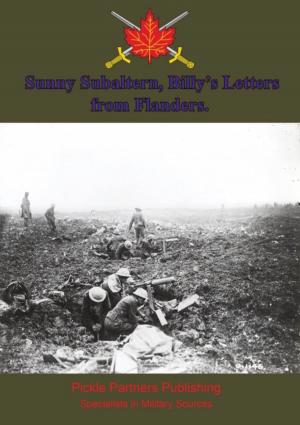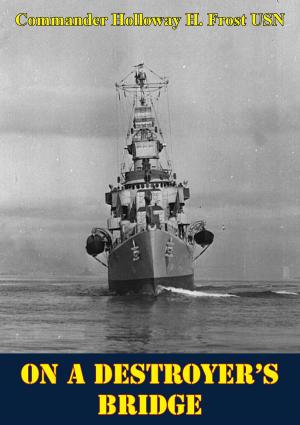U.S. Army Special Operations In World War II [Illustrated Edition]
Nonfiction, History, Germany, European General, Military, United States| Author: | David W. Hogan Jr. | ISBN: | 9781782894537 |
| Publisher: | Lucknow Books | Publication: | August 15, 2014 |
| Imprint: | Lucknow Books | Language: | English |
| Author: | David W. Hogan Jr. |
| ISBN: | 9781782894537 |
| Publisher: | Lucknow Books |
| Publication: | August 15, 2014 |
| Imprint: | Lucknow Books |
| Language: | English |
Illustrated with 11 maps and 35 Illustrations
From the plains of Europe to the jungles of the Pacific, the U.S. Army in World War II employed a variety of commando and guerrilla operations to harass the Axis armies, gather intelligence, and support the more conventional Allied military efforts. During the Allied invasion of northern France on D-day, elite American infantry scaled the sheer cliffs of the Normandy coast, while smaller combat teams and partisans struck deep behind German lines, attacking enemy troop concentrations and disrupting their communications. On the other side of the globe, U.S. soldiers led guerrillas against Japanese patrols in the jungles of the Philippines and pushed through uncharted paths in the rugged mountains of northern Burma to strike at the enemy rear. Special operations such as these provided some of the most stirring adventure stories of the war, with innumerable legends growing from the exploits of Darby’s and Rudder’s Rangers, Merrill’s Marauders, the Jedburghs, the guerrillas of the Philippines, and the Kachins of northern Burma.
Despite the public and historical attention paid to the exploits of American special operations forces in World War II, their significance remains a matter of dispute. Both during and after the conflict, many officers argued that such endeavors contributed little in a war won primarily by conventional combat units. They perceived little, if any, place for such units in official Army doctrine. Yet others have contended that a broader, more intelligent use of special operations would have hastened the triumph of Allied arms during World War II. In their eyes, the experience gained by the U.S. Army in the field during the war was important and foreshadowed the shape of future military operations.
Illustrated with 11 maps and 35 Illustrations
From the plains of Europe to the jungles of the Pacific, the U.S. Army in World War II employed a variety of commando and guerrilla operations to harass the Axis armies, gather intelligence, and support the more conventional Allied military efforts. During the Allied invasion of northern France on D-day, elite American infantry scaled the sheer cliffs of the Normandy coast, while smaller combat teams and partisans struck deep behind German lines, attacking enemy troop concentrations and disrupting their communications. On the other side of the globe, U.S. soldiers led guerrillas against Japanese patrols in the jungles of the Philippines and pushed through uncharted paths in the rugged mountains of northern Burma to strike at the enemy rear. Special operations such as these provided some of the most stirring adventure stories of the war, with innumerable legends growing from the exploits of Darby’s and Rudder’s Rangers, Merrill’s Marauders, the Jedburghs, the guerrillas of the Philippines, and the Kachins of northern Burma.
Despite the public and historical attention paid to the exploits of American special operations forces in World War II, their significance remains a matter of dispute. Both during and after the conflict, many officers argued that such endeavors contributed little in a war won primarily by conventional combat units. They perceived little, if any, place for such units in official Army doctrine. Yet others have contended that a broader, more intelligent use of special operations would have hastened the triumph of Allied arms during World War II. In their eyes, the experience gained by the U.S. Army in the field during the war was important and foreshadowed the shape of future military operations.
![Cover of the book U.S. Army Special Operations In World War II [Illustrated Edition] by David W. Hogan Jr., Lucknow Books](https://www.kuoky.com/images/2014/august/500x500/9781782894537-8CEN_500x.jpg)
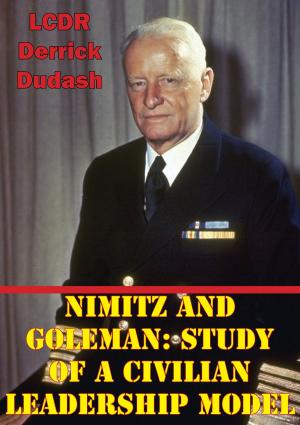
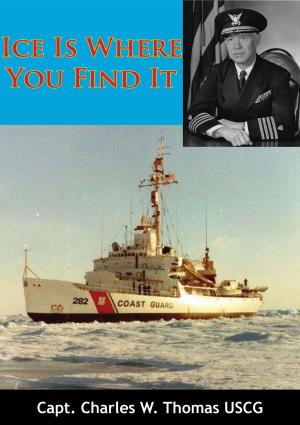

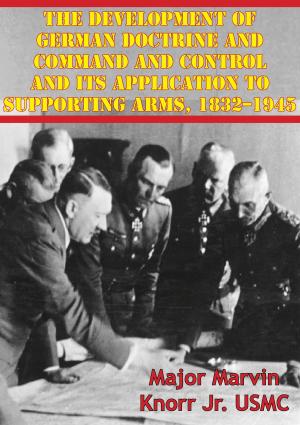
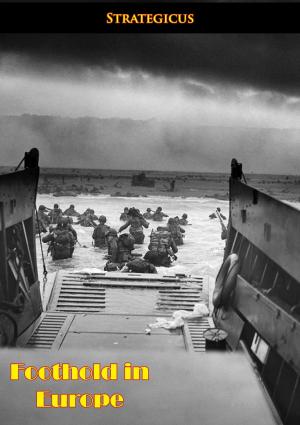
![Cover of the book Alamein to Zem Zem [Illustrated Edition] by David W. Hogan Jr.](https://www.kuoky.com/images/2015/november/300x300/9781786257512-Y8XW_300x.jpg)
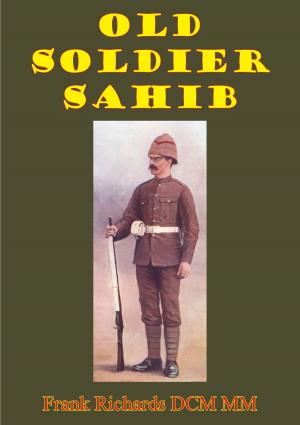


![Cover of the book Road To Huertgen: Forest In Hell [Illustrated Edition] by David W. Hogan Jr.](https://www.kuoky.com/images/2014/august/300x300/9781782898467-CKj5_300x.jpg)


